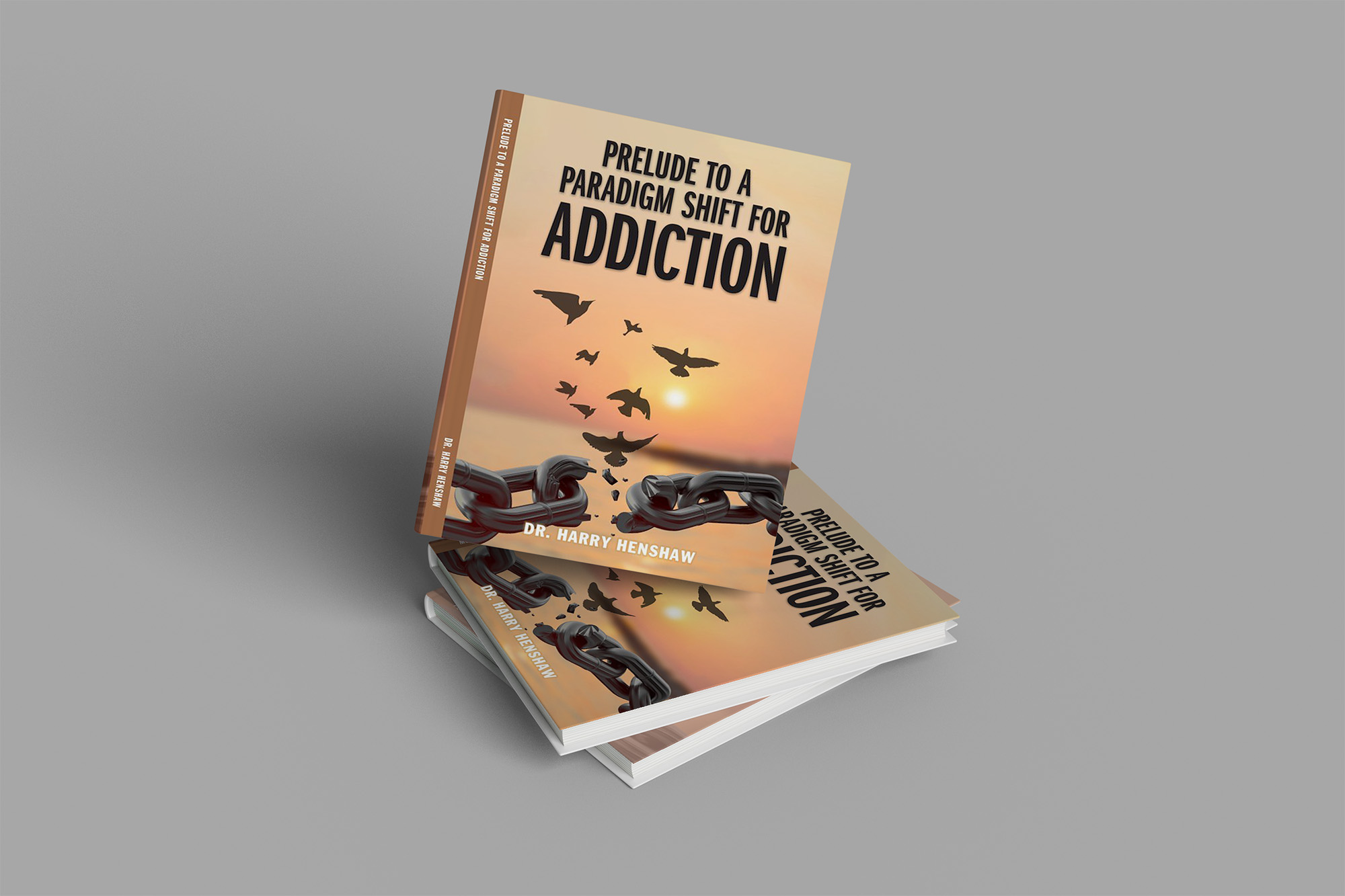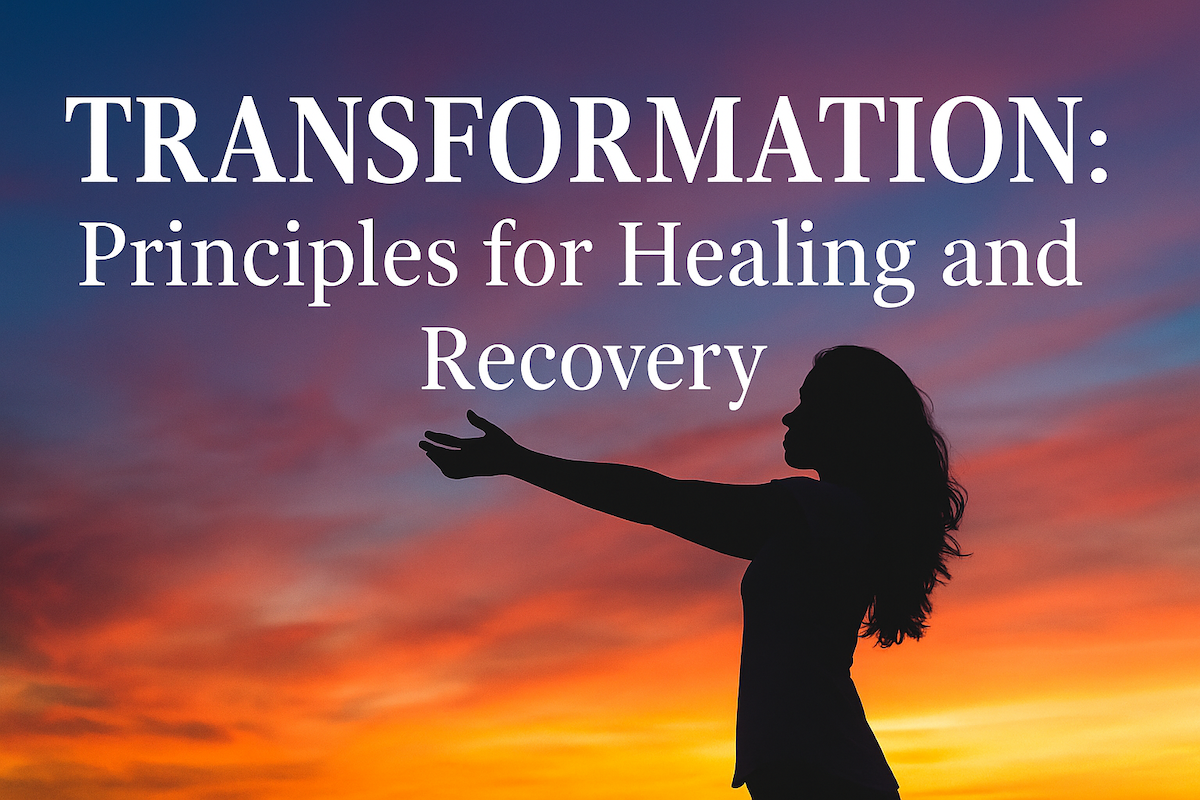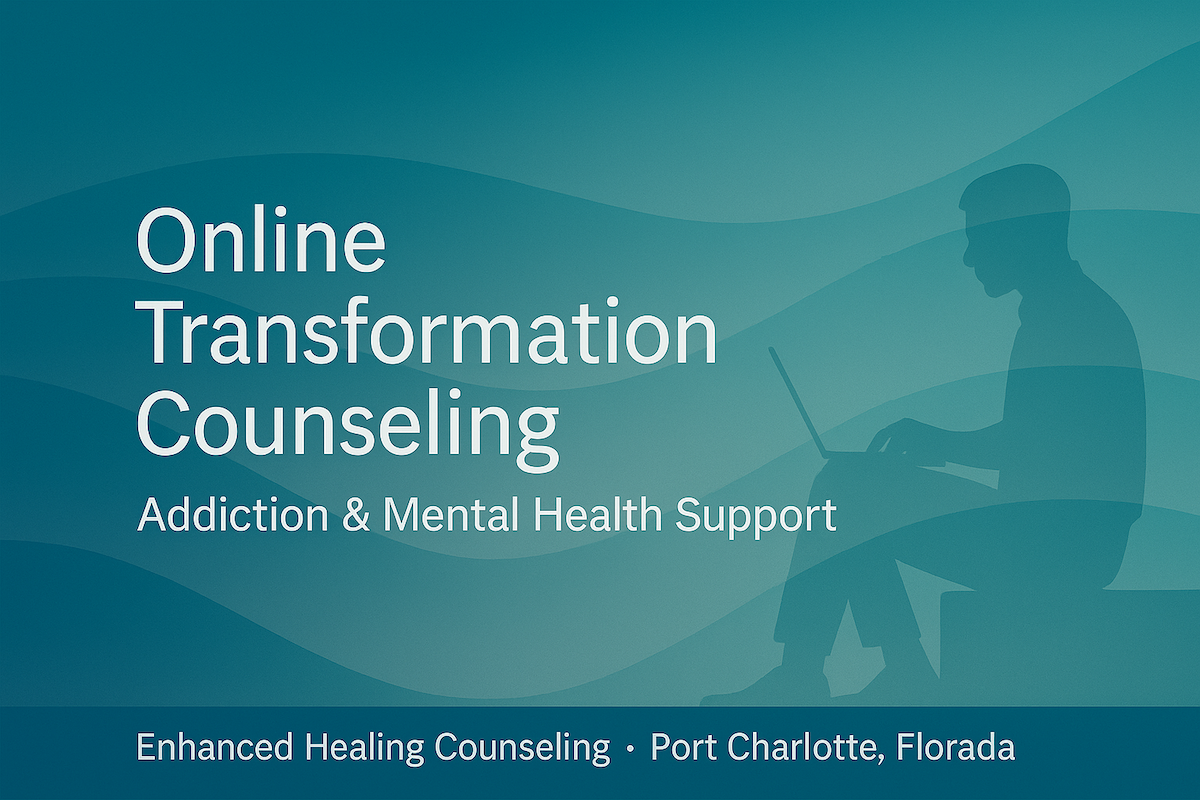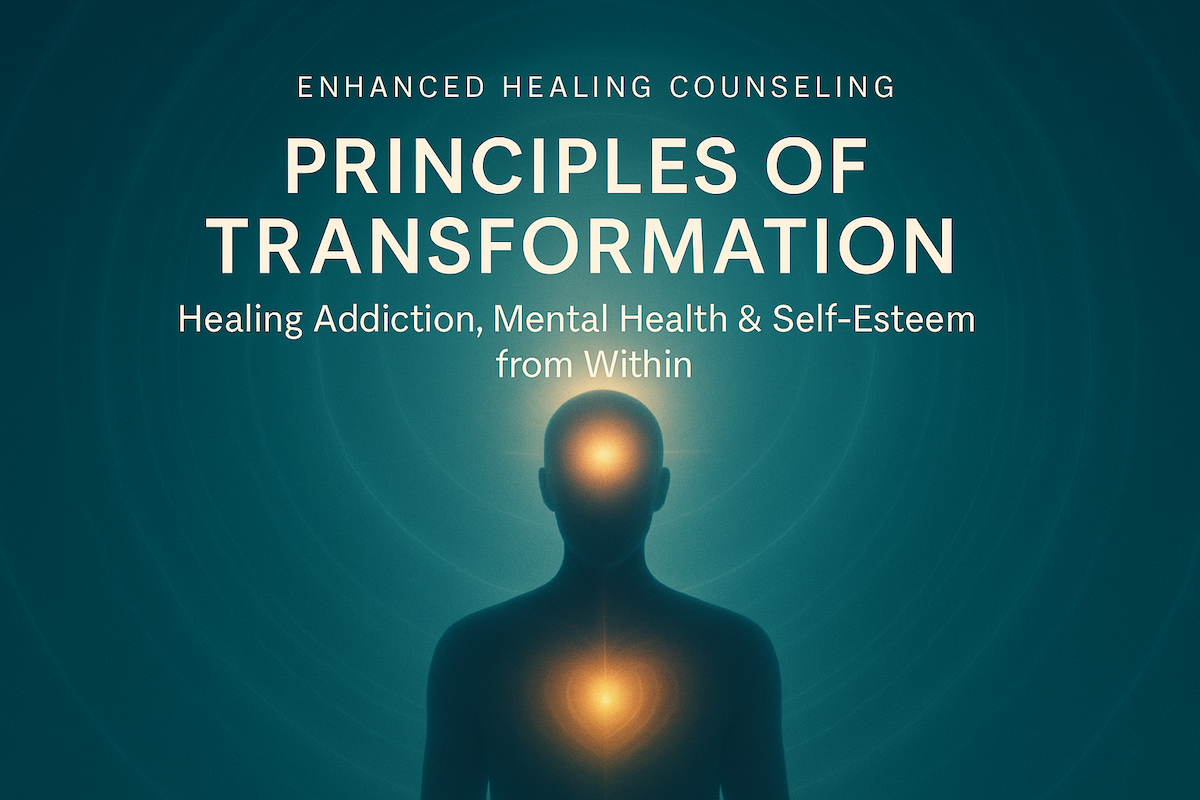Table of Contents
Exploring Addiction Recovery and Mental Health Healing
Louise Hay’s work has been a cornerstone in the field of self-healing and emotional transformation. Her book The Power Is Within You builds upon the foundational principles she established in You Can Heal Your Life, taking readers deeper into the process of inner change. Chapters five through ten address the root causes of emotional suffering, offer tools for emotional release and personal growth, and emphasize the importance of self-love and inner child work—crucial components for those struggling with drug and alcohol addiction and mental health challenges.
This article will explore each of these six chapters, demonstrating their relevance and therapeutic benefit to individuals seeking recovery, healing, and personal transformation.
Understanding the Blocks That Bind You
In this pivotal chapter, Louise Hay helps readers identify the emotional and mental blocks that prevent them from living fulfilling lives. These blocks often manifest as limiting beliefs, suppressed emotions, and deeply rooted fears, many of which were formed during childhood and reinforced over time.
For individuals suffering from addiction and mental health issues, these blocks are not merely abstract ideas—they are the very barriers that maintain the cycle of pain. Addiction often serves as a coping mechanism for escaping unresolved emotional wounds or internalized shame. Hay’s assertion that “what we believe becomes true for us” underscores how self-defeating beliefs can perpetuate suffering.
Therapeutic Implication
Understanding one’s internal blocks is the first step in transformational healing. For example:
- A person may believe they are unlovable due to childhood rejection, leading to self-sabotage in relationships and substance abuse to numb emotional pain.
- A belief like “I’m not good enough” becomes a lens through which every failure is magnified and every success diminished, perpetuating low self-esteem.
In therapy, bringing these unconscious beliefs to the surface allows clients to challenge and replace them with affirmations rooted in truth, love, and possibility. Recognizing that the blocks are learned and not intrinsic truths offers profound hope to those in recovery.
Letting Your Feelings Out
This chapter emphasizes the necessity of acknowledging, expressing, and releasing our emotions—especially anger, grief, fear, and guilt. Hay affirms that feelings are not the problem; repressing them is. When feelings are buried alive, they fester and manifest as illness, anxiety, depression, or addictive behavior.
For those dealing with addiction, emotional repression is a common theme. Many have been conditioned to view emotions—particularly negative ones—as shameful or dangerous. In response, they may numb themselves with substances or avoid emotional intimacy.
Therapeutic Implication
This chapter’s wisdom aligns closely with contemporary trauma-informed therapy. Emotional suppression is often at the root of trauma and addiction. Hay provides permission—and encouragement—to express one’s feelings constructively.
- Crying becomes a cleansing act, not a weakness.
- Yelling into a pillow or journaling intense emotions is seen as therapeutic, not dysfunctional.
- Group counseling or therapy sessions become safe spaces where emotional expression is validated and supported.
By letting emotions out, individuals begin to reclaim control of their inner world. This emotional honesty is not only healing but empowering, allowing people to move forward rather than remain imprisoned by past wounds.
Moving Beyond the Pain
In this transformative chapter, Hay invites readers to go beyond simply acknowledging their pain to actively moving through and beyond it. She reinforces the idea that we are not our past. We are not our trauma, our pain, or our addiction.
Hay’s writing challenges the victim mentality while honoring the reality of emotional pain. She insists that we can choose new thoughts and new paths. This is particularly critical for individuals in addiction recovery, who often identify strongly with past mistakes, failed relationships, or internalized labels like “addict” or “broken.”
Therapeutic Implication
This chapter is a powerful tool in shifting identity and reframing the narrative of one’s life.
- Instead of saying “I am an addict,” a person can affirm, “I am a person healing from emotional pain.”
- Rather than staying stuck in regret, they can ask, “What lesson is my pain trying to teach me?”
- With support, they begin to shift from powerlessness to agency.
This chapter aligns with the core concept of post-traumatic growth—the idea that individuals can not only recover from trauma but emerge stronger, wiser, and more compassionate. Pain, when processed and transcended, becomes a doorway to transformation.
How to Love Yourself
Few concepts are more central to Louise Hay’s philosophy than self-love. In chapter eight, she outlines the practical and emotional foundations of loving oneself. For those recovering from addiction or managing mental health challenges, this chapter may be the most vital of all.
Hay’s approach is both nurturing and structured. She provides tangible steps to cultivate self-love:
- Stop all criticism.
- Forgive yourself.
- Be gentle and kind to your mind.
- Praise yourself.
- Take care of your body.
- Surround yourself with supportive people.
- Do mirror work.
- Listen to your inner voice.
- Trust the process of life.
Therapeutic Implication
Addiction often stems from a lack of self-love. Individuals turn to substances to escape feelings of worthlessness or inadequacy. Depression and anxiety thrive in environments of self-criticism and self-rejection. This chapter offers a counter-narrative: You are lovable, worthy, and capable of change.
In therapy and recovery programs:
- Mirror work becomes a daily ritual of affirmation and connection.
- Positive self-talk replaces the inner critic.
- Clients learn to offer themselves the same kindness they extend to others.
Self-love is not narcissism; it is the foundation of healing. When individuals begin to treat themselves with care and respect, destructive behaviors often diminish naturally.
Loving the Child Within
Hay introduces the concept of the “inner child” as the part of us that still holds on to the wounds, fears, and unmet needs of early life. Many adults carry this hurt child within them, and their present behaviors—especially addictive behaviors—are often attempts to cope with unresolved childhood pain.
This chapter encourages readers to connect with, listen to, and love their inner child. By visualizing and nurturing this inner child, healing becomes not just possible but inevitable.
Therapeutic Implication
Inner child work is a transformative modality in trauma and addiction therapy. Many individuals:
- Grew up in homes where love was conditional or absent.
- Learned to suppress emotions to survive.
- Internalized guilt or shame from abuse, neglect, or parental addiction.
Hay’s method invites a re-parenting process:
- Clients learn to speak lovingly to their inner child.
- They write letters to their younger self offering compassion and validation.
- In doing so, they fill emotional voids that no substance or external validation ever could.
Healing the inner child restores emotional safety and helps rewire patterns of self-sabotage, co-dependency, and emotional reactivity. It fosters a sense of wholeness and integration essential for lasting recovery.
Growing Up and Getting Old
In this chapter, Hay reframes aging from a fearful decline into a natural and empowering process of growth. She rejects the societal narrative that aging is synonymous with loss, irrelevance, or despair. Instead, she celebrates the wisdom, insight, and spiritual maturity that come with time.
This chapter speaks directly to individuals in midlife or older who may be facing addiction or depression. Many feel it is “too late” to change, heal, or live a fulfilling life. Hay refutes this notion entirely.
Therapeutic Implication
In addiction recovery and mental health treatment, the idea of redemption and new beginnings is paramount—at any age.
- A 55-year-old alcoholic can embrace recovery just as profoundly as a 25-year-old.
- A woman who has lived with depression for decades can still learn to love herself and transform her life.
- Aging becomes an invitation to deepen spiritual connection, not a reason to give up.
Hay offers affirmations like “I am in the perfect place for me right now” and “Every age has its own special joys and experiences.” These affirmations challenge ageist beliefs and instill hope in individuals who might feel discouraged by the passage of time.
Integrating the Lessons: A Pathway for Healing
Chapters 5 through 10 of The Power Is Within You offer a comprehensive roadmap for emotional healing and transformation. For those struggling with addiction and mental health challenges, these chapters are more than inspirational—they are therapeutic interventions.
Common Themes and Therapeutic Benefits
- Self-Awareness – Recognizing the internal blocks and unresolved pain that drive maladaptive behaviors.
- Emotional Honesty – Encouraging expression rather than repression of emotions.
- Empowerment – Moving from victimhood to conscious choice and personal responsibility.
- Self-Love – Cultivating a deep and lasting respect for oneself.
- Inner Child Work – Healing the early wounds that often set the stage for emotional distress and addiction.
- Lifelong Transformation – Affirming that it’s never too late to grow, change, and love oneself more deeply.
The Promise of Inner Work
Hay’s work aligns beautifully with the philosophy of transformation-based counseling. She teaches that healing begins not with external fixes but with internal shifts in consciousness. Addiction is not a moral failing or a disease in the traditional sense—it is a signal of profound internal disconnection. These chapters guide the reader toward reconnection, offering not just recovery but wholeness.
For clinicians, counselors, and individuals on the path of healing, The Power Is Within You serves as both a companion and a guidebook. It empowers individuals to not only understand the origin of their suffering but also to transform it through the radical power of love, forgiveness, and conscious awareness.
Final Thoughts
Louise Hay’s insights in chapters 5 through 10 are not simply motivational; they are practical tools for real, lasting change. Each chapter builds upon the last, creating a progression from self-awareness to self-acceptance, and ultimately, to self-love. For individuals facing the pain of addiction or the darkness of mental health struggles, these teachings offer light, direction, and above all, hope.
The power truly is within you—and it always has been.
By Dr. Harry Henshaw
Enhanced Healing Counseling
Enhanced Healing Counseling Music

Get Free from Addiction!
Discover a groundbreaking perspective on addiction recovery. Click below to buy Prelude to a Paradigm Shift for Addiction and explore innovative solutions to transform the way we understand and treat substance use disorders.
About Enhanced Healing
Enhanced Healing Counseling specializes in addiction recovery, mental health, and self-esteem support. Offering online and in-person services, we empower individuals to transform their lives with personalized care and proven therapeutic methods.



